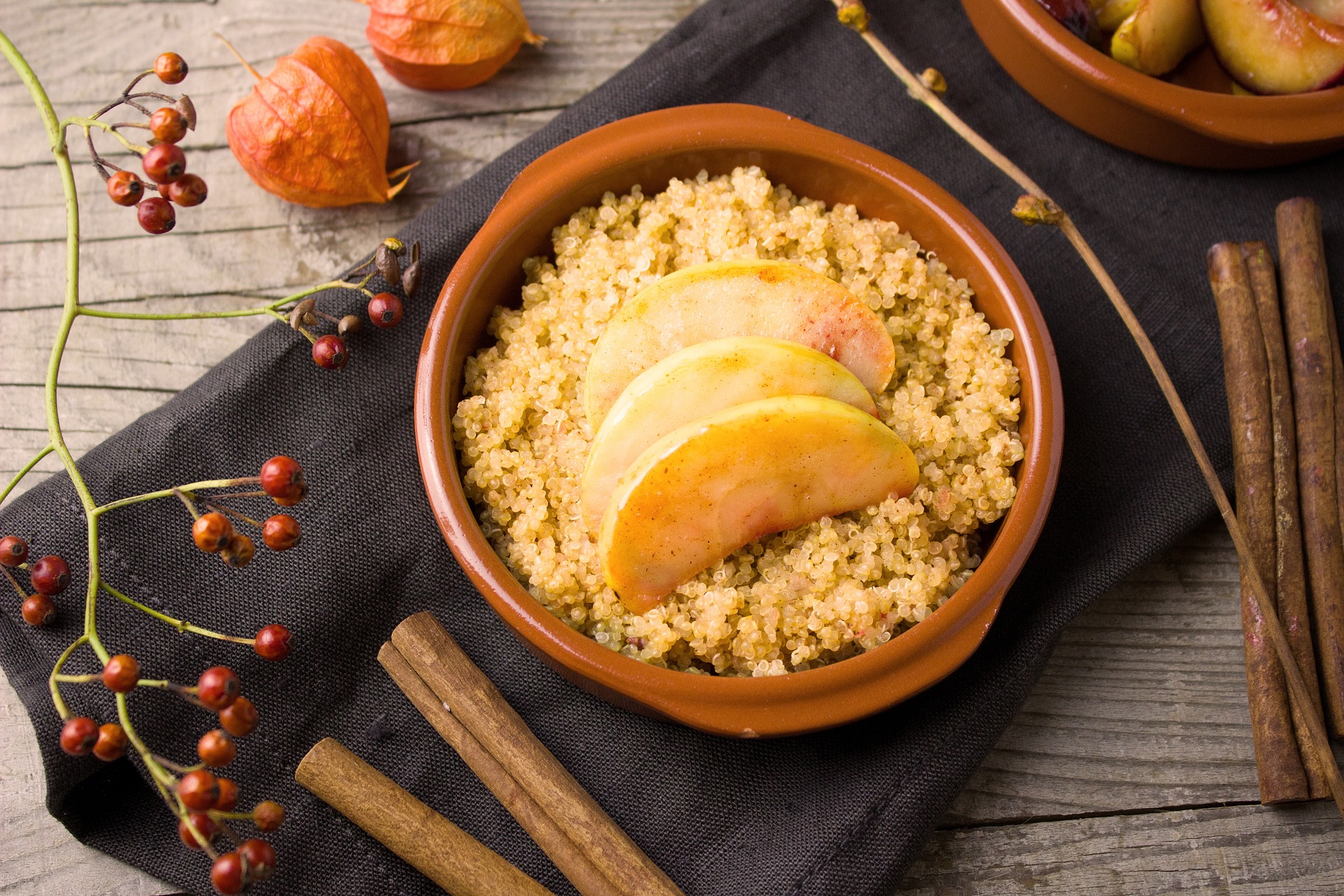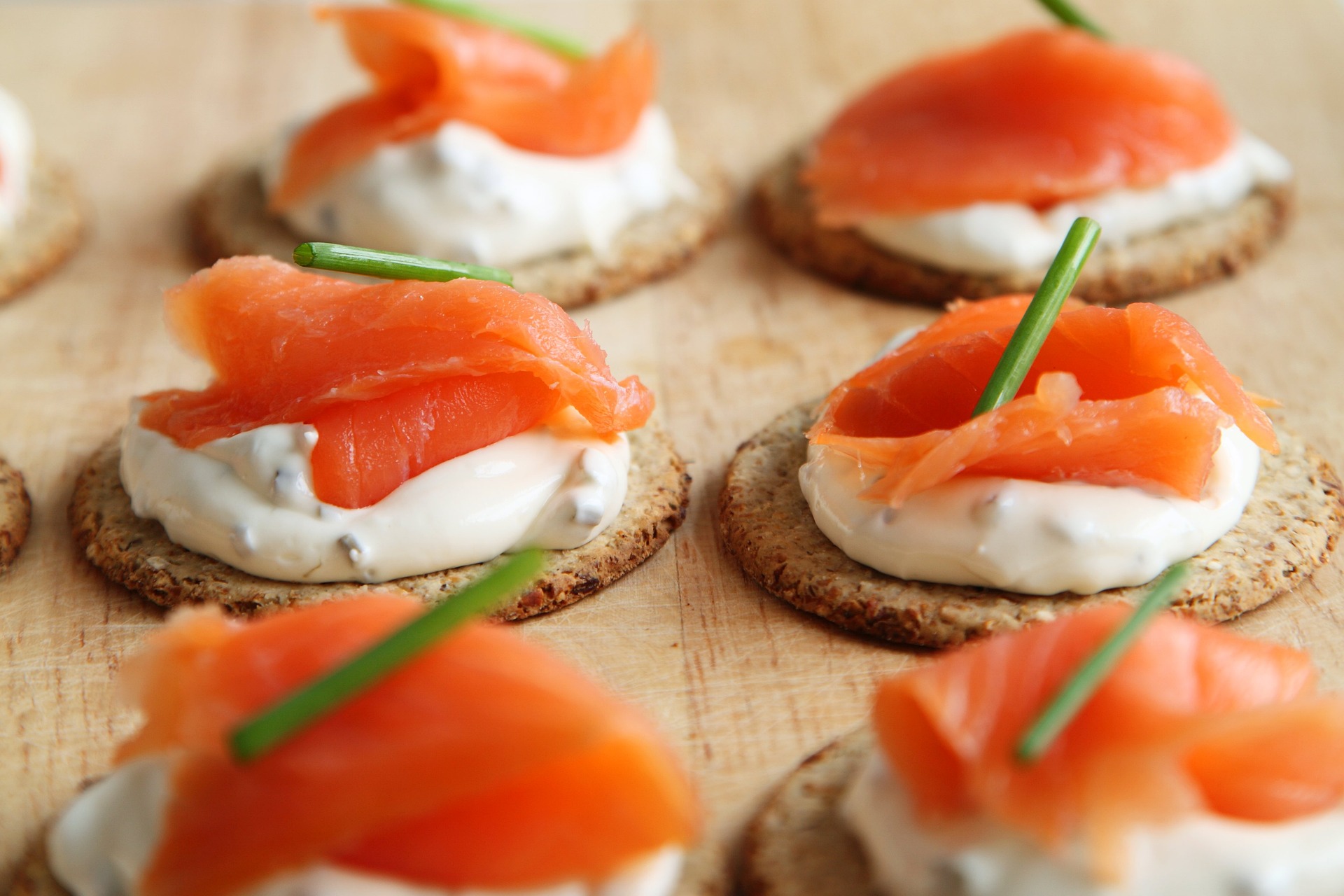Discovering the Revival of Ancient Grains in Modern Cuisine
In the world of gastronomy, the past is the new future. The resurrection of ancient grains in contemporary cooking is a prime example of this trend. These nutrient-packed grains, forgotten for centuries, are now making a triumphant return to our plates. Want to learn more about the fascinating world of ancient grains and their place in modern cuisine? Read below!

Embracing the Rich History of Ancient Grains
From farro and quinoa to millet and teff, ancient grains have been around for thousands of years. They sustained our ancestors and played a crucial role in the evolution of human civilization. Their rich, earthy flavors, versatile nature, and high nutritional value are the reasons for their recent resurgence and increased popularity among chefs and food enthusiasts.
The Nutritional Benefits of Ancient Grains
Unlike refined grains, ancient grains are typically consumed in their whole-grain form, meaning they still have all their nutrient-rich bran and germ. They’re packed with protein, fiber, and other essential nutrients like magnesium, iron, and omega-3 fatty acids. They’re also known for their antioxidant properties, which can help prevent chronic diseases like heart disease and diabetes.
Ancient Grains in Modern Cooking
Modern chefs are rediscovering the culinary potential of these grains. From main courses and side dishes to salads and desserts, ancient grains can add a wholesome twist to any dish. They also pair well with a variety of ingredients, making them a versatile addition to any recipe.
Popular Ancient Grains You Should Try
- Quinoa: Known as the “mother of all grains,” quinoa is high in protein and one of the few plant foods that contain all nine essential amino acids.
- Amaranth: This grain was a staple food of the Aztecs and is rich in protein, fiber, and minerals like manganese, magnesium, phosphorus, and iron.
- Teff: Native to Ethiopia, teff is the smallest grain in the world. It’s high in protein, calcium, and iron.
- Farro: An ancient form of wheat, farro is rich in fiber, protein, and vitamins like magnesium and iron.
Incorporating Ancient Grains into Your Diet
Incorporating ancient grains into your diet is easier than you might think. They can replace rice in dishes, add substance to salads, or even be made into a hearty breakfast porridge. Cooking these grains is often as simple as boiling them in water until they’re tender.
In conclusion, the revival of ancient grains in modern cuisine is more than just a culinary trend—it’s a nod to our past and a healthier choice for our future. By incorporating these grains into our diets, we are not just enriching our meals with robust flavors and textures; we’re also boosting their nutritional value. So, why not explore the world of ancient grains and discover a new (old) favorite?




